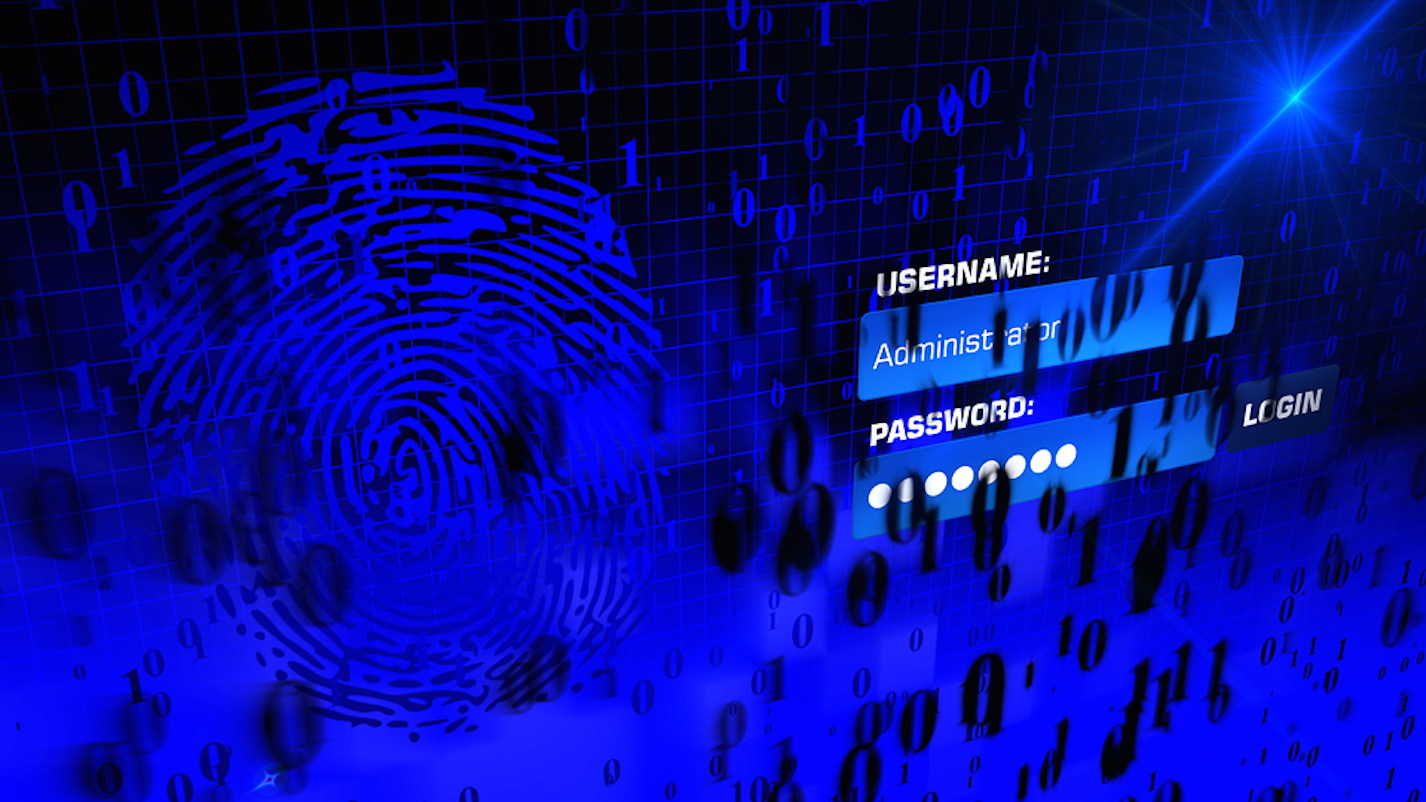
GUEST BLOG BY JAMES TUNKEY – Chief Operating Officer of I-OnAsia


GUEST BLOG BY JAMES TUNKEY – Chief Operating Officer of I-OnAsia


GUEST BLOG – By Jack Warner – General Manager, TechWarn
Cybersecurity is becoming more and more prevalent by the day. Passwords are a popular choice when it comes to user authentication, but new innovations are pointing to new alternatives. Numerous tech specialists are currently investigating another world past keyword validation. A portion of the rising options incorporates multifactor authentication (MFA), biometrics, and behavioral analysis, among others. Shockingly, some online content can make you accept a horde of misconceptions about passwords and the fate of authentication. When all is said and done, most accounts are hacked because of weak, poorly managed, or guessable passwords. That is as indicated by a 2017 Data Breach Investigations Report. Along these lines, here are the common misconceptions about passwords that you’ll discover on the web:
#1: Regular Password Changes Enhances Security
Today, pretty much every company has set down standards to oversee periodical password changes. Some will even confine the age of a password. More often, there is a minimum number of characters that you should change when renewing your password. This approach originates from the conviction that passwords start to leak as they age. As much as the methodology is addressing one part of the issue, most users will neglect to observe other password necessities, which can give hackers some starting point. It’s undeniably viable to train users about creating a strong password and why it’s essential to avoid password sharing.
#2: Biometrics Can Solve All Security Problems
With progressions in innovation, biometrics have picked up a solid intrigue to numerous users. Rather than attempting to recall a few long passwords, you just place a finger on a tab and obtain access to your account. It’s an exceptionally secure technique for verification as long as you have a solitary factor validation. Hackers will find it difficult to access your accounts since your fingerprint or retina sweep is only comprised of 0s and 1s. Presently, if somebody gets hold of your fingerprints by whatever means, the consequences can be devastating. They’ll access each and every account you’ve verified with your fingerprints, including your bank accounts and credit cards. Getting another set of fingerprints is even unimaginable.
#3: Complex Passwords are Better than Lengthy Passwords
It is important to make your password withstand different strategies utilized by hackers. Brute force attacks, for example, are utilized to hack more passwords other than dictionary passwords. More often, we assume that hacking a password with complex characters like “Kl*&@3@3P^%$??” is practically impossible, which is further from reality. In reality, a longer but memorable password can be harder to hack than a shorter complex password. You should simply abstain from utilizing words from your own data like your surname, pet’s name, and so forth. Also, it pays to blend characters and lexicon words while keeping away from any phrase that points to your actual account. On the off chance that you include “Twitter” to a secret word, any hacker who figures out how to get to your password through brute force attack may essentially tell that your Facebook, eBay, and a lot more will follow a similar trend.
#4: Online Password Checkers are Accurate
Numerous sites today will reveal to you how strong your password is. When setting up an online account, you’ll get a rating showing whether your password is very weak, weak, strong, or very strong. The site may likewise give you proposals to blend numbers, letters, and unique characters to improve your password quality. In any case, the website may not know precisely what arrangement exhibits the most secure password. Studies have demonstrated that numerous individuals utilize a capital letter at the beginning of a password and numbers in the last part of the password. That implies that blending things up on the grounds that an online password checker tells you so probably won’t give you the most grounded protection.
A strong password portrays a secret set of characters that is hard to guess by humans and PC programs, adequately shielding information from unapproved persons. A solid strong password comprises of 16 characters (and the more characters, the more grounded the password) that are a blend of letters, numbers, and special characters (@, #, $, %, etc) whenever permitted. Passwords are commonly case-sensitive, so a strong password contains letters in both capitalized and lowercase.
Indeed, even with the developing patterns in user verification, passwords still stay one of the most secure and successful strategies. Simply ensure that your password is long, unique, and fuses a blend of letters (both capitalized and lower case), numbers, and special characters. Furthermore, include an additional layer of assurance through two-factor authentication (2FA).